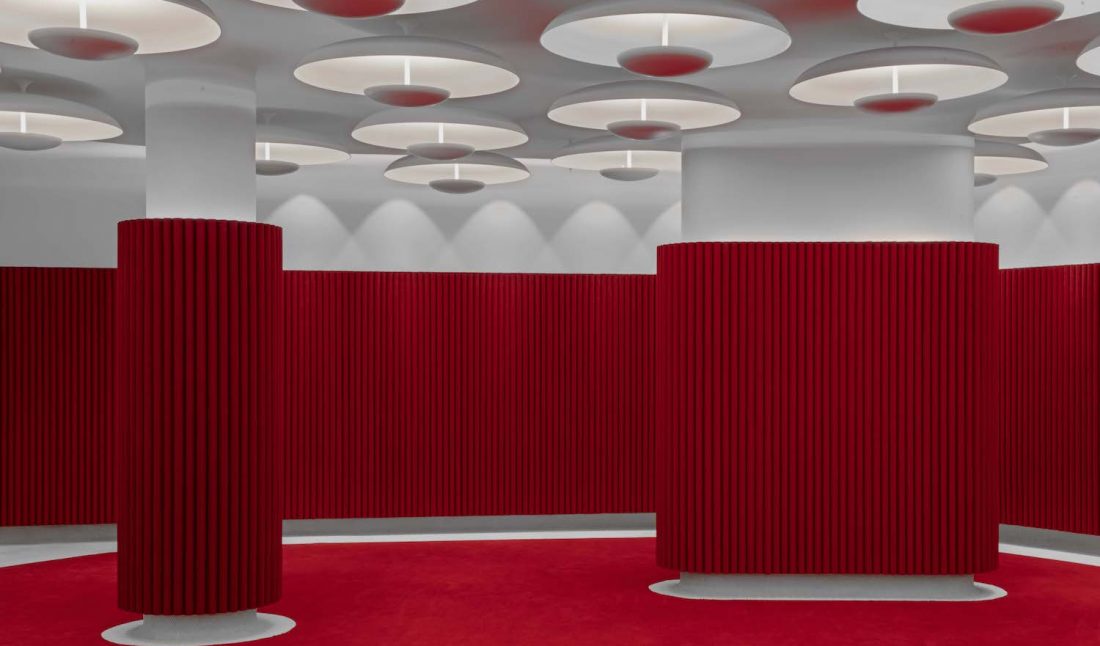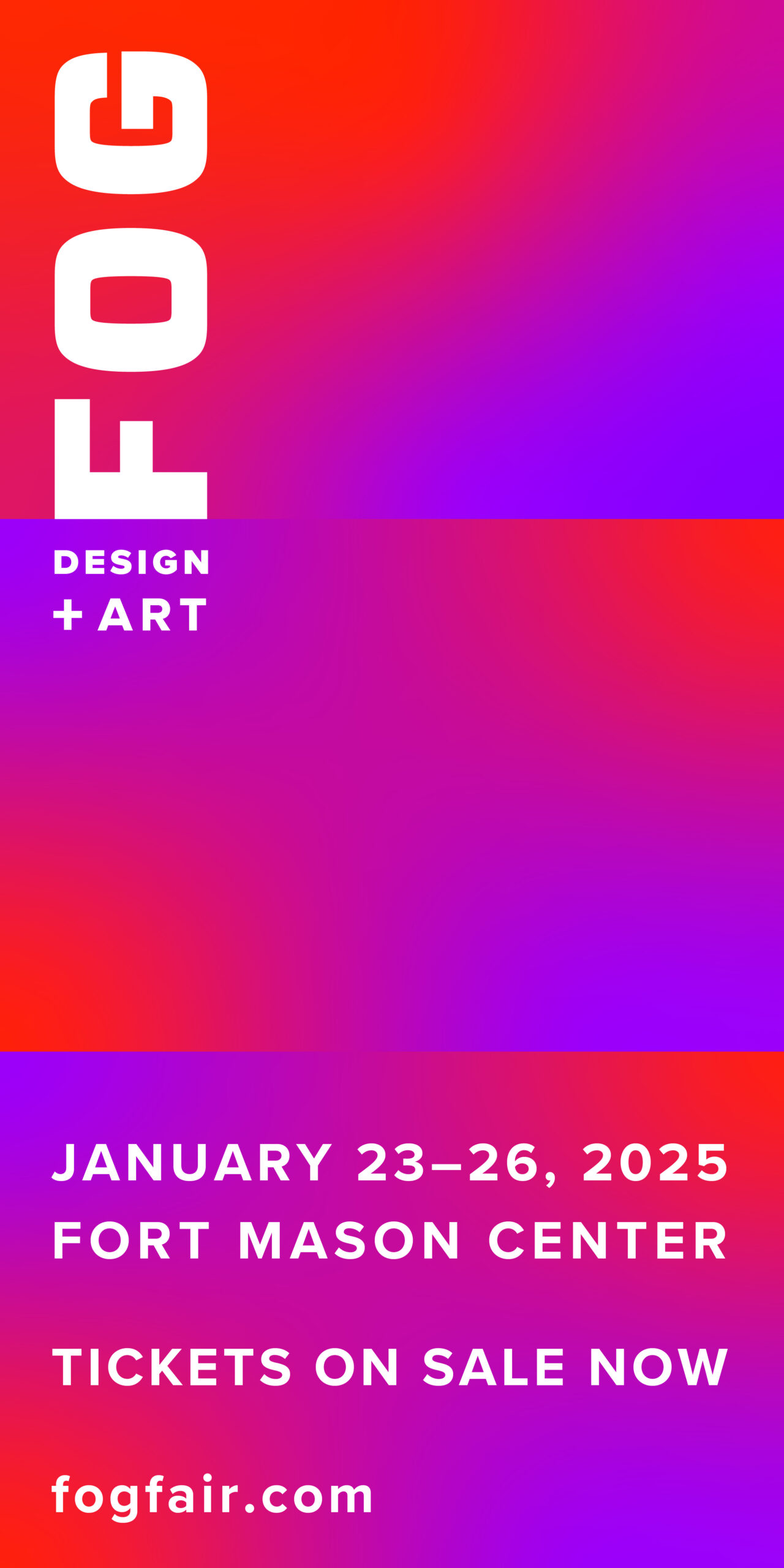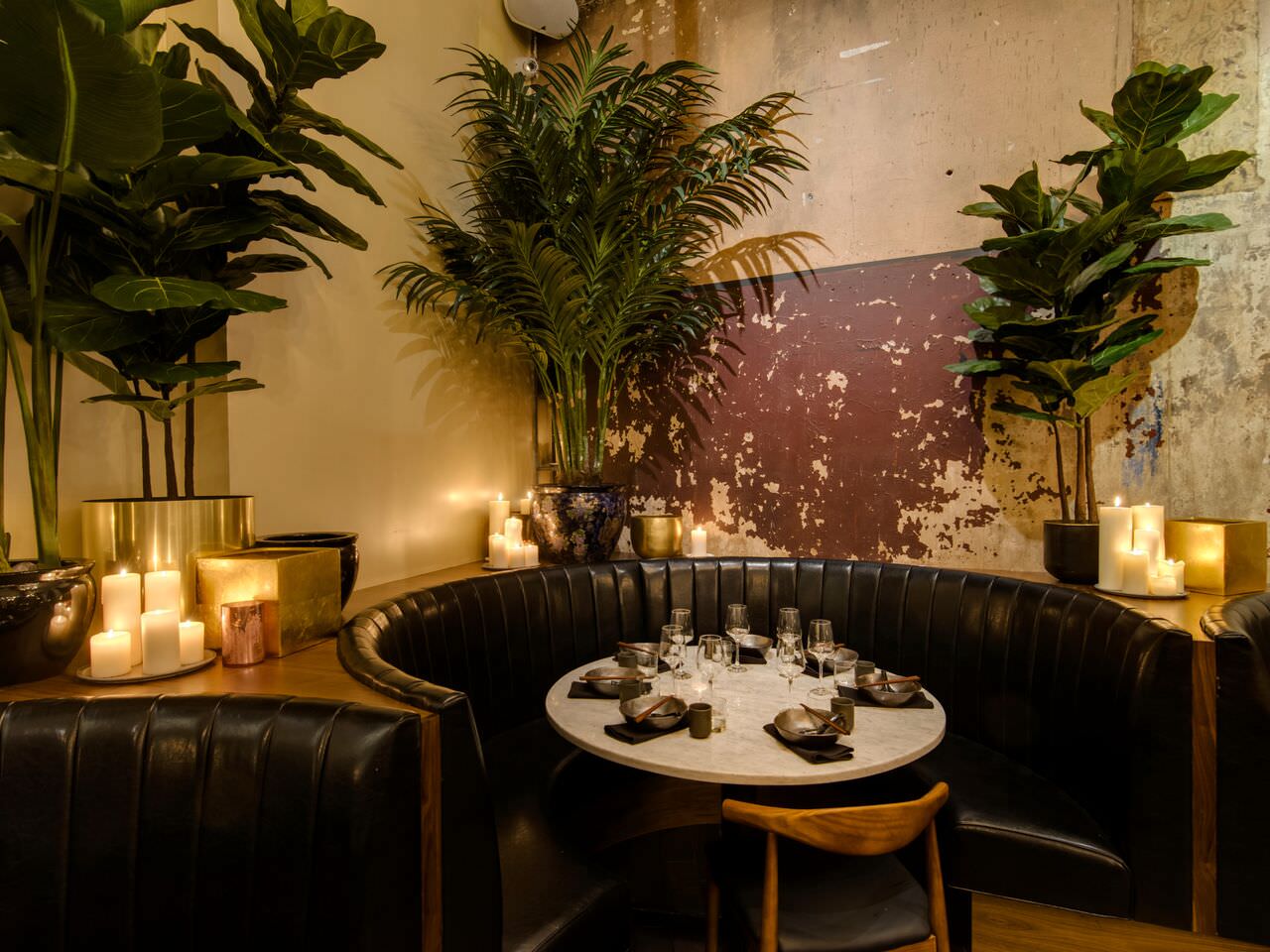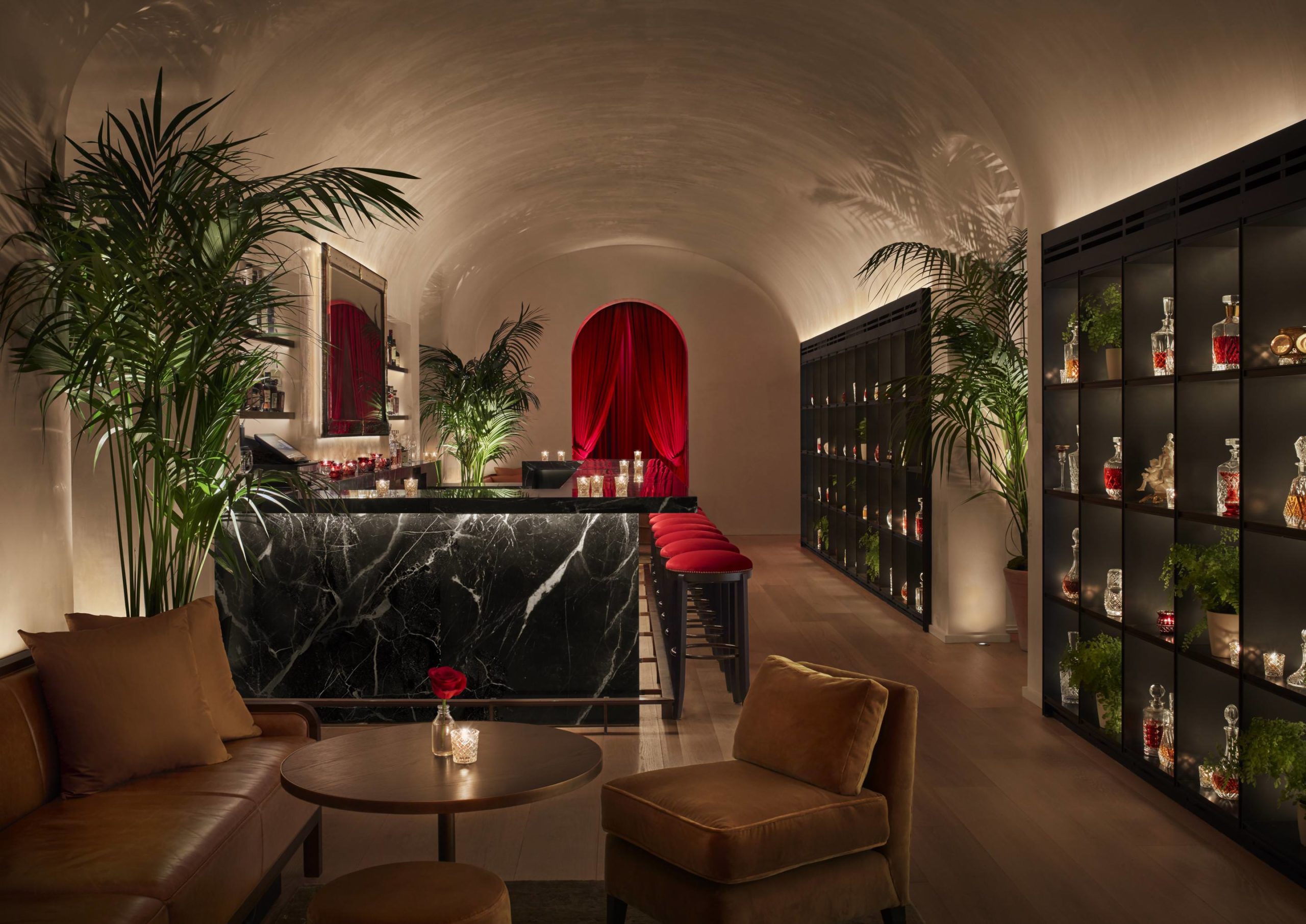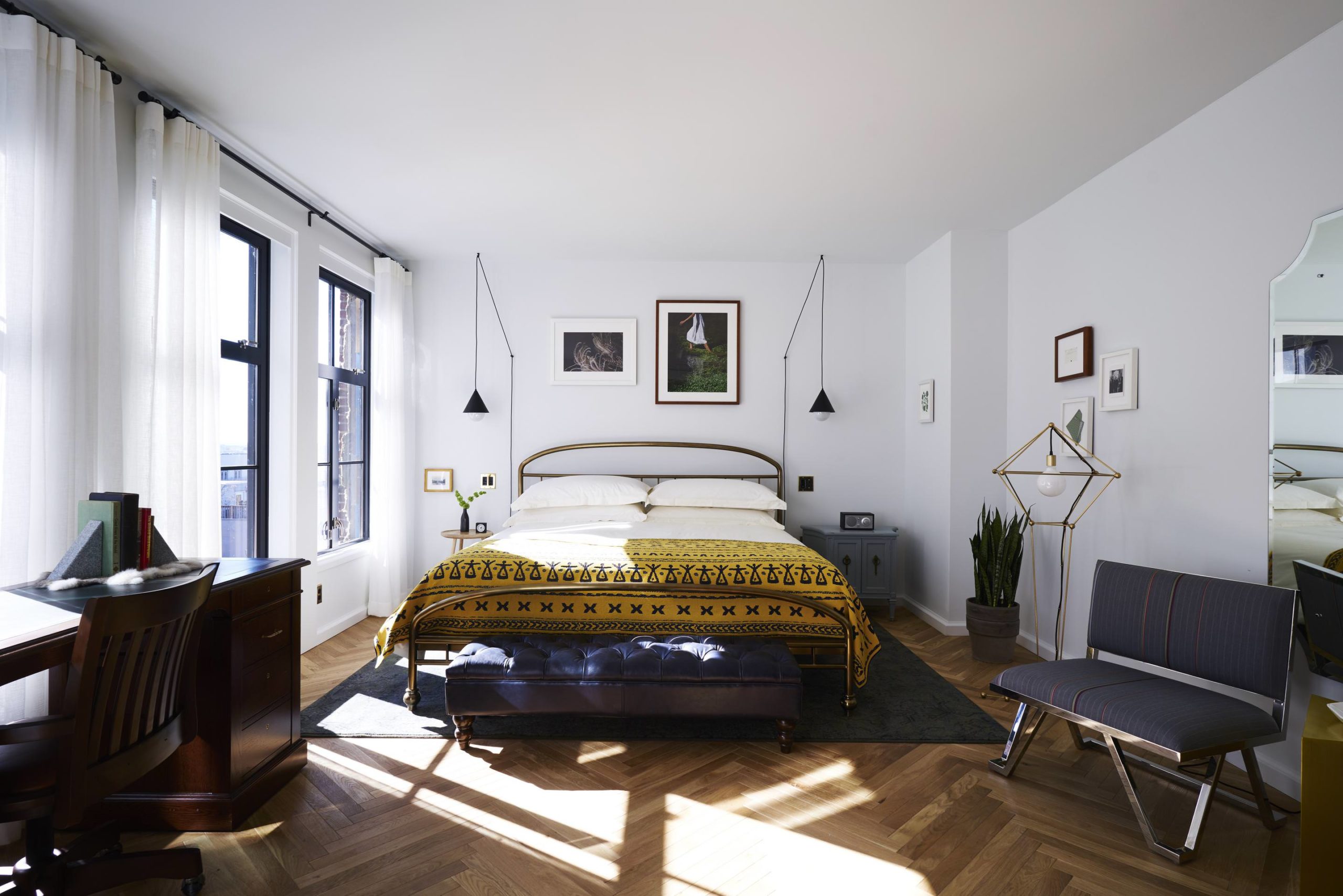The architect and designer Adam Rolston has an intrinsic love language for design that is hard to fully grasp, yet easy to understand. Complex and simple, natural and industrial, his projects juxtapose masculine textures with soft, artisanal details for soothing spaces to live in, relax in, or visit.
With his partners Gabe Benroth and Drew Stuart, he spearheads the New York-based studio INC Architecture & Design. As the creative and managing director, Rolston is the self-proclaimed “studio cheerleader for excellence” for its laundry list of impressive projects, ranging from residential and commercial spaces to museum exhibitions and product design. Past projects range from eateries like Momofuku Noodle Bar and Portale to exhibitions at the Museum of Arts and Design.
In the past few years, INC’s hospitality spaces—like 1 Hotel Brooklyn Bridge, The LINE DC, and the TWA Hotel—tell an instinctual tale of combining the old and the new with art, nature, and debonair design objects for an approachable, polished look. Rich with plants, woven fabrics, and bespoke items, each space also highlights the space’s original history, infused with pieces from the past to be seen and appreciated in new light.
Whitewall spoke with Rolston about INC Architecture & Design’s ethos and approach to projects, how sustainable design links humans to nature and vice-versa, and what the studio is working on next.
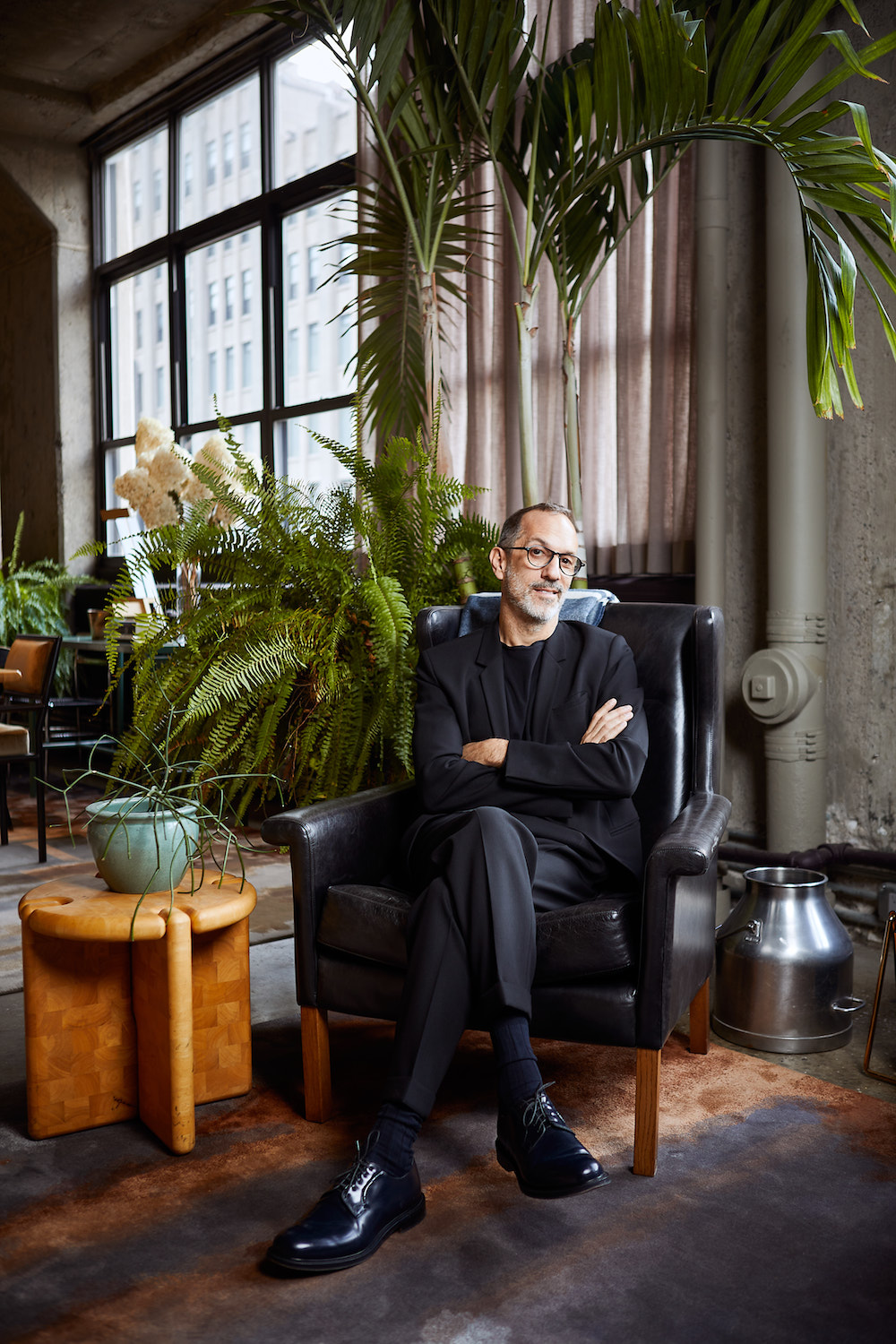 Adam Rolston, courtesy of INC Design.
Adam Rolston, courtesy of INC Design.
WHITEWALL: Did you always know you wanted to be an architect?
ADAM ROLSTON: My father was an amateur architect. Always building or fixing something. These projects became a way for me to connect with an otherwise classically remote mid-century father. He hired a very charismatic English architect and Thai interior designer to create a lake cabin for our family. I was eleven and smitten. I attended every meeting and some of my contributions were incorporated into the design. I knew I wanted to be an architect right then and there.
WW: How did your creative journey in design lead you from Los Angeles to New York City, from commercial to residential, and from hospitality to retail?
AR: My older brothers were in NYC during the ‘70s and ‘80s and part of Andy Warhol’s set. Dean was an art dealer. Matthew was shooting all the covers of Interview magazine at the time. I was seduced by the glamour and creative freedom of their world. I knew at the age of 14 that I would end up in NYC.
We opened our studio without connections or big commissions, so of course we started small. We developed a way of working that was scalable from the beginning. We approached the design of a chair as if it were a 35-story residential tower. And now we develop 35 story towers with all the intimacy and attention to detail that we would bring to the design of a chair.
WW: Can you tell us a bit about your role at INC?
AR: I am the creative and managing director. I am the studio cheerleader for excellence. I am a conceptual thinker at heart and function as the sounding board and editor-in-chief of all things design and strategy. We are deep collaborators. Everyone in the studio has input but that demands good stewardship or chaos reigns.
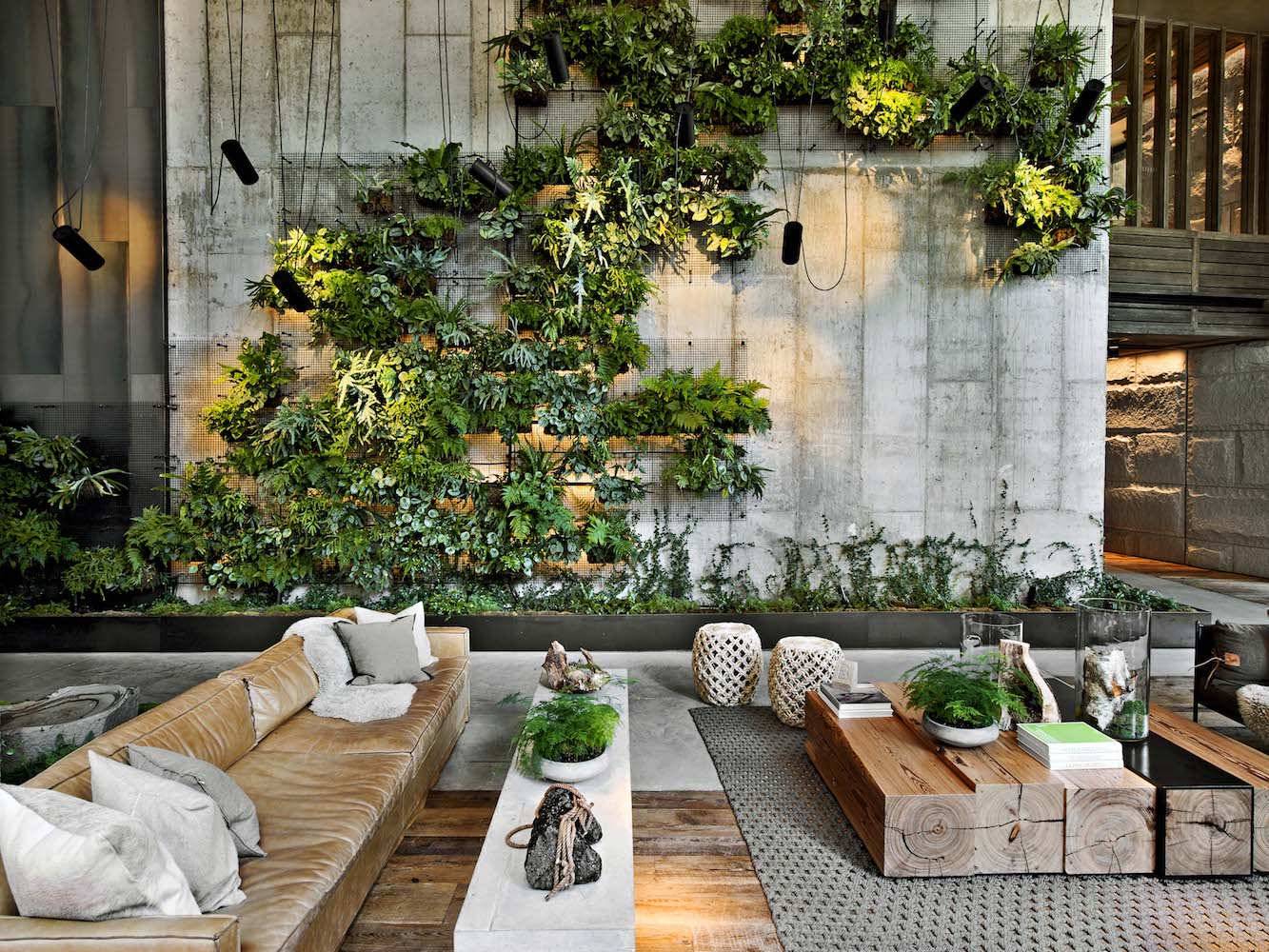 1 Hotel Brooklyn Bridge, courtesy of INC Design.
1 Hotel Brooklyn Bridge, courtesy of INC Design.
WW: What do you feel makes an INC space and INC space?
AR: The name is the mission. We set out to incorporate architecture and interior design into one hybrid studio. The integration of these two typically separated disciplines is what, in my honest opinion, makes our work special. To quote Eliel Saarinen, we “always design a thing by considering it in its next larger context—a chair in a room, a room in a house, a house in an environment, an environment in a city…”
WW: INC Design completed the TWA Hotel’s event and gallery spaces for its re-opening last year. How did you dream up this space?
AR: We thought of our work at TWA as high-performance nostalgia where nostalgia is the program equal to more mundane programmatic requirements like the highly technical aspects of designing a transformable event space. We also conceived of our efforts at TWA as a posthumous collaboration with Eero Saarinen. We checked our egos at the door and asked the question “WWSD (What Would Saarinen Do)”?
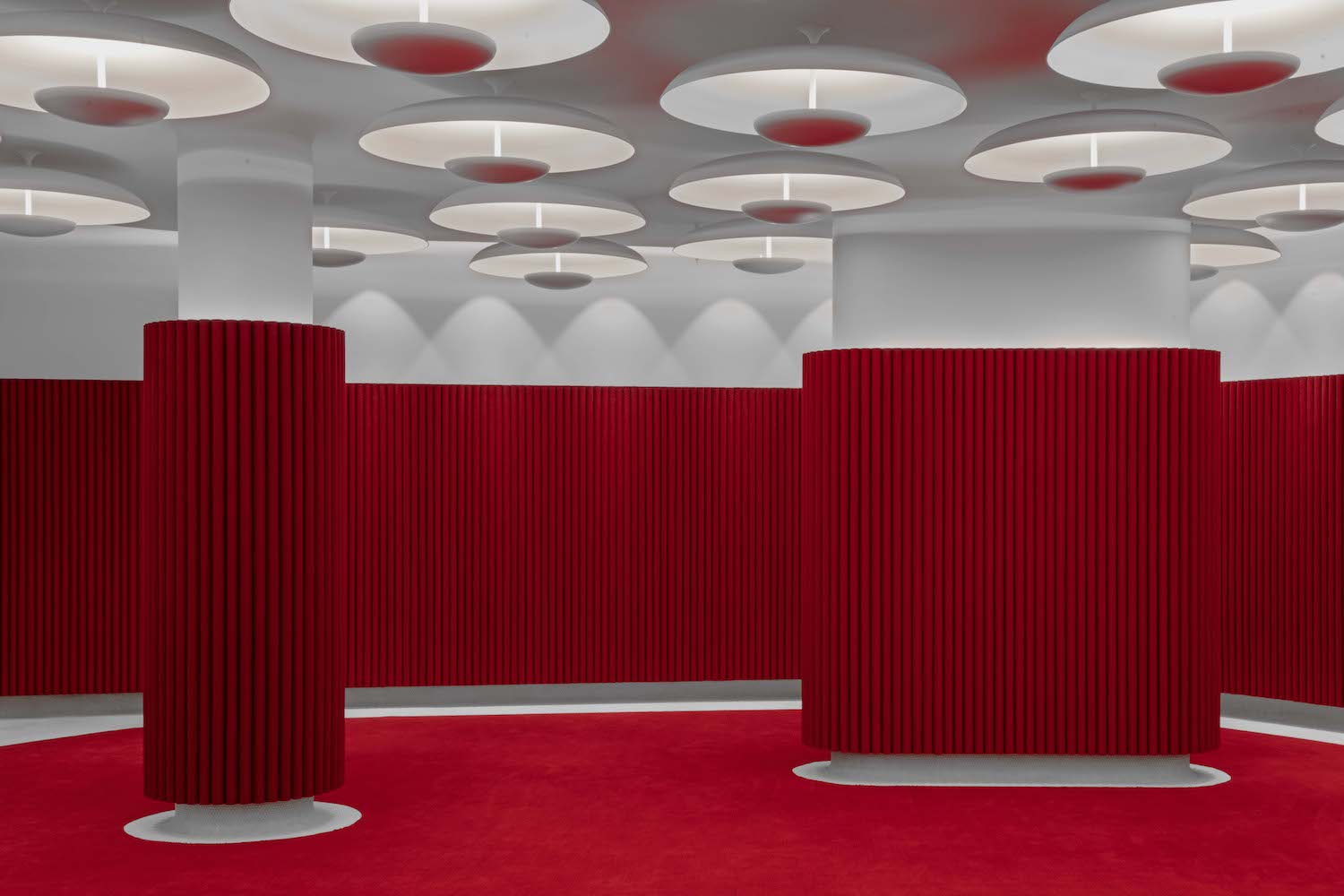 TWA Hotel, courtesy of INC Design.
TWA Hotel, courtesy of INC Design.
WW: Regardless of project, where do you start when designing a space?
AR: We always start with a big idea. Something that has a deep connection to the end user, location or program. That big idea helps guide all of our design decisions. We work to create emotionally sticky places. Attachment or stickiness comes from understanding and reflecting the desires of our clientele and audience. So, for example at TWA the big idea was to capture in the design, the American optimism of 1962 the year the original terminal opened because that is what everyone loves about the original building.
WW: One of our favorite spaces is the one INC designed at 1 Hotel Brooklyn Bridge Park. What was your starting point? How did you fuse the brand’s focus on sustainability with yours on luxury?
AR: It all began with the site-specific sustainability mission. The 1 Hotel Brooklyn Bridge was a meditation on the Brooklyn waterfront past and present. We were inspired by the history of the wharfs that originally occupied the site, It is not widely known that the sale of the land that the hotel occupies financed the creation of the park and its new natural habitat for migratory birds.
We were excited by this fundamentally sustainable development proposition and the green mission of the brand. Our goal was to represent that mission in every design decision in the hotel. That hotel represented something new to the world of high-end hotels: Urban barefoot luxury.
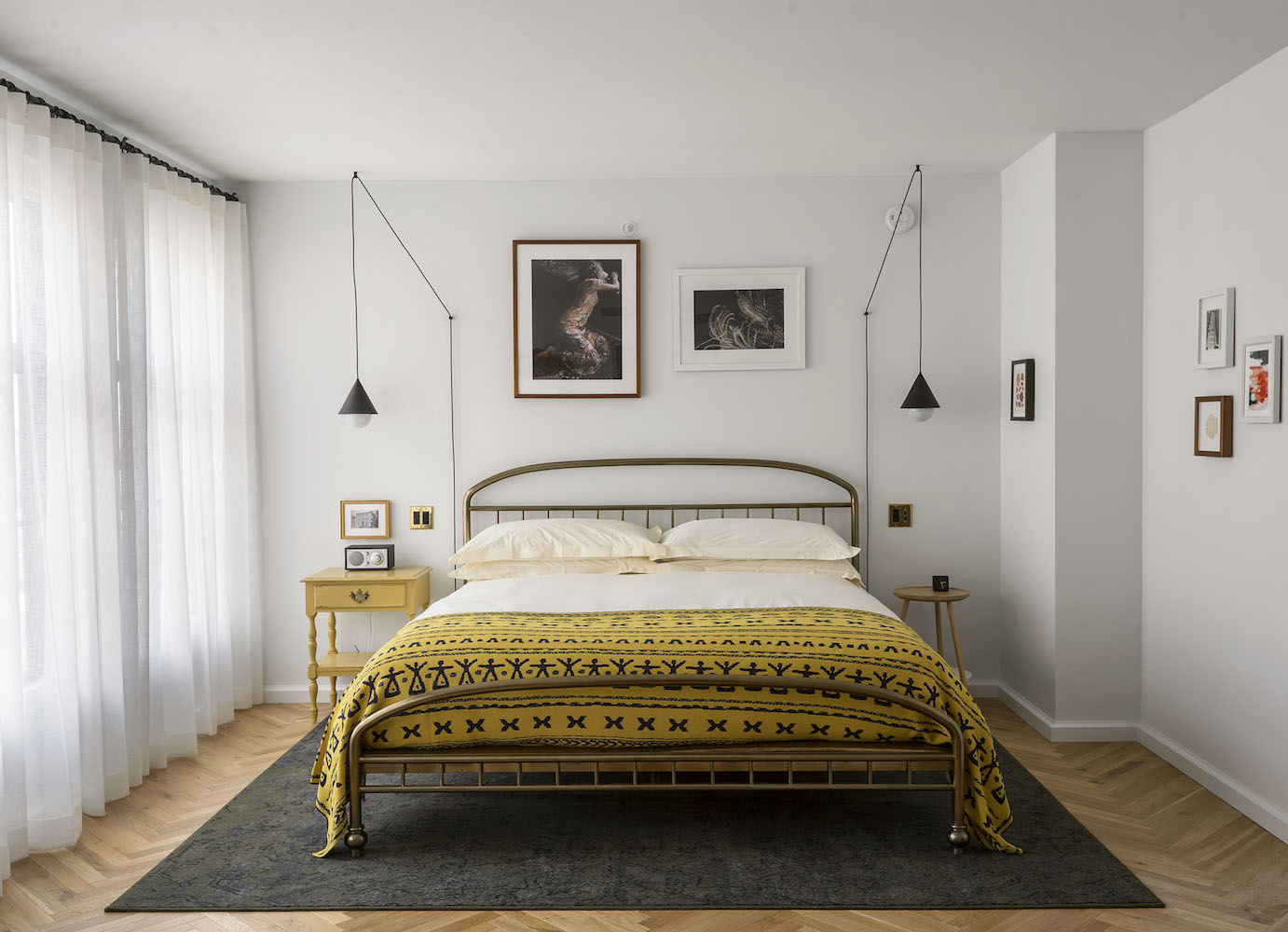 The LINE DC, courtesy of INC Design.
The LINE DC, courtesy of INC Design.
WW: We’ve also spent time at The LINE DC—a space that also preserves history. Tell us a bit about keeping the historic nature of this space, while adding elegant and contemporary details in. How do you feel you’re able to do this, regardless of space?
AR: Believe it or not there was very little of the historic interior left after demolition. We recreated much of what you see as “old” as a foil to all of the modern elements. We often try to tease out the scenography qualities of a design in the way that production designers create the atmosphere of a film.
Here we were interested in portraying the collision of the old and new to represent the progressive and conservative character of DC culture. We established the “historic context” in the architecture and then contrasted that with modern objects. We often do the reverse. We’ll create a very modern interior only to contrast that with “old” or vintage objects. We enjoy that sort of complexity.
WW: Tell us a bit about INC’s interest in furthering green spaces and initiatives, searching out LEED spaces, and creating more overall sustainable spaces for the future.
AR: There is a rhetoric out there that sustainability means less: use less, make less, create less, scrimp, save, and recycle. These are tools we have to help stem the tide of global warming. However, we feel in the long run the opposite will be true. Once we switch over entirely to sustainable systems, we will be liberated from this miserly point of view. Creativity will be unleashed in a continuous sustainable life cycle of recyclable resources and renewable energy that will allow for continuous innovation. Unfortunately, this will take time. We have been lucky to team with partners and developers that share our values. But we have a long way to go. For now, all INC can do is do our best to educate our clientele.
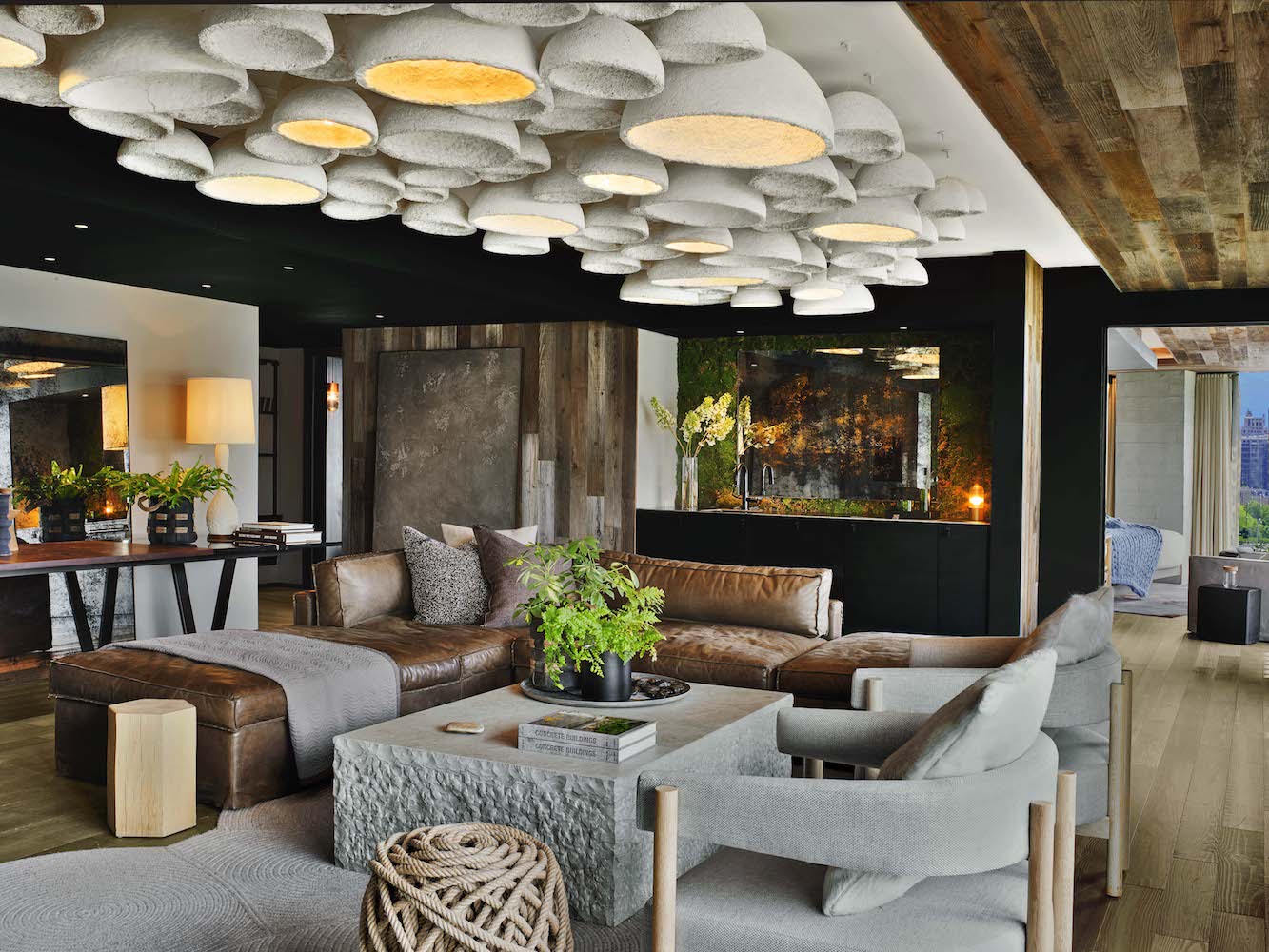 1 Hotel Brooklyn Bridge, courtesy of INC Design.
1 Hotel Brooklyn Bridge, courtesy of INC Design.
WW: Tell us a bit about your personal spaces. What’s seen in your home? How does that reflect your personal style and design DNA?
AR: In the studio we reflect the aspirations of our clientele. At home, of course, we have the freedom to reflect our own interests. Our cabin upstate is based on the humble local cow barn structures of the area. Our place in the city is in one of those modest deco apartment buildings with a sunken living room and views of the Hudson River. In the studio I am an architect and designer. At home I am more of a collector, living among things made by others and collected by me and my partner. There are a lot of plants, art, objects old and new and probably too much stuff for most people in both our cabin upstate and our home in the city.
WW: What are you working on next?
AR: INC is very excited about the burgeoning field of wellness. We have two projects on the boards that will be “Well Certified” and set to open in 2021-22. One is a first to market well certified office building with a 30,000 square foot wellness spa, club and fitness center incorporated into its program. The goal is to set the standard for the health and performance driven workplace of the future. We are also working on Six Senses Place, which is a first of its kind, 50,000 square foot private club fully dedicated to wellness.
It is interesting to note that the brain trust that brought us LEED has moved on to create the International Well Building Institute, or IWBI. IWBI is “leading the global movement to transform our buildings and communities in ways that help people thrive.” Wellness excites us because it’s integrally tied to sustainability. As we like to say, “what’s good for the human is good for the planet and what’s good for the planet is good for the human”—or “selfish sustainability.”
At INC the wellness and sustainability movements point to a more hopeful future. Wellness and sustainability feel critically important at this moment. It’s not lost on me that I am sharing these thoughts from my home in self quarantine in NYC in the epicenter of the first global pandemic in a century.






